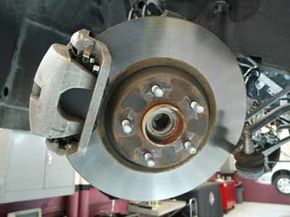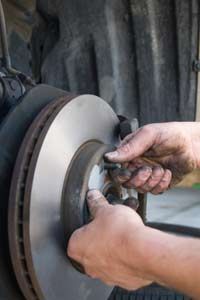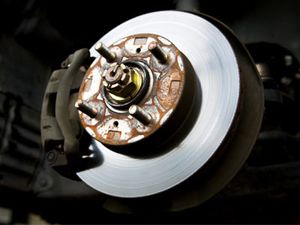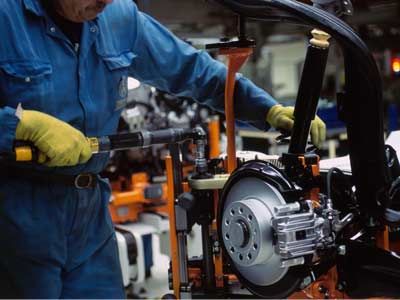Brake shims are thin layers of rubber or metal that fit between the brake pads and the rotors to correct small imperfections that cause brake noise. They function just like shims in cabinetry: If the kitchen floor of an old house is a little crooked, the cabinet installer will add a couple of thin, wooden shims to level out the cabinets. Brake shims work much the same way to adjust otherwise normal brakes.
On the most basic level, for many new vehicles with new brake parts, brake shims function as anti-rattle pads. They keep the pads and rotors from banging against each other or squealing. Some brake part kits come with the shims already attached to the brake pads; some come with separate shims that have adhesive backings, which need to be affixed to the back of the brake pads. Other shims must be purchased separately and attached to the pads with double-sided tape.
Advertisement
In any case, brake shims are easy to use and install, and they can make a big difference in the way that the brake parts work together. While most are made from rubber, it's possible to upgrade to something like titanium brake shims. Let's take a look at these as an option for a brake shim upgrade.
Advertisement

















